When Annie Ample decided to give up the spotlight she had sought for most of her adult life, she moved 75 miles away from the glitzy neon Strip into a remote double-wide mobile home in Nye County that had no phone.
She had no contact with the show-business world—or anyone but close family members. A virtual recluse the last 16 years of her life, Ample wanted nothing more to do with fame and fortune. She changed her name, dyed her trademark platinum tresses back to their original color—black—and had her infamous 44DD breast implants surgically removed.
Although during her lifetime her name and photos appeared in hundreds of newspapers and magazines worldwide, not one media source reported her death when she quietly passed away of heart failure complicated by multiple sclerosis on New Year’s Day 2008 at a Las Vegas rest home.
What would cause a publicity-generating machine like Annie Ample—who garnered worldwide attention with stunts like insuring her boobs for $1 million—to forsake her stardom for a far more simplistic and obscure life?
One family member says a combination of poor health, caused in part by leaking silicone implants, and disillusionment with her place in show business played a role in Ample’s sudden disappearance in 1992. She simply grew tired of being Annie Ample.
“Mom had really come to hate the persona she had created,” said Ample’s daughter Holly Trede. “In her later years, Mom would not respond to anyone who called her Annie Ample. She changed so much in her appearance. You would not have recognized her from her days as a celebrity.”
In addition to being one of America’s highest-paid strippers of the 1980s—Ample took in $5,000 a week at top East Coast clubs—she appeared in a half-dozen mainstream movies and television shows, won a handful of beauty pageants and, near the end of her career, portrayed her childhood idol Jayne Mansfield in Legends in Concert at the Imperial Palace.
She was a pioneer in becoming modestly famous simply for being famous, setting the table for fellow busty blondes Pamela Anderson and Anna Nicole Smith, who took the art of achieving fame without really doing anything special to superstar levels.
Ample moved to Southern Nevada in 1983 from her native San Diego and almost from the start became the quintessential Las Vegas character.
“The story of Annie Ample is essentially a story about Las Vegas and how much of the world perceives the city,” Jack Sheehan wrote in the June 1984 issue of Las Vegan Magazine. “Las Vegas to most outsiders means neon lights and feathers, big breasts and eye shadow. And that’s where Annie Ample fits in.”
Ample took her craft seriously and put everything she had into being the best she could be at whatever she did, no matter how silly or trivial her career may have seemed to others. In doing so she happily bounced along the fringe of stardom for years.
“Mom was not just some blonde who took off her clothes for a living,” said Trede, 41, a Las Vegas medical biller, who three years ago also was diagnosed with multiple sclerosis. “She was an intelligent woman—way ahead of her time, especially when it came to getting publicity. She was a master of it.”
Ample first made worldwide headlines in 1981, when she was a virtually unknown starlet romping topless on the French Riviera beaches at the Cannes Film Festival—and got her photo in scores of newspapers for doing it. It was the first of what would be many successful publicity stunts during that decade.
Also in 1981, Ample had her breasts insured for $1 million against loss or theft by Lloyds of London. She said it was a stunt that cost her $22,000 for the insurance premium but brought her millions of dollars worth of free publicity—and much of the world’s attention.
She appeared nude in numerous men’s magazine of the era. One of them, High Society, offered Ample a job as one of its columnists, offering sex advice. She often lamented that the majority of questions for her column—and fan mail—came from creepy male prison inmates who described in detail how they would like to worship her.
In 1974, Ample, at the suggestion of a then-boyfriend, got breast-enlargement surgery in Mexico. Her bra size went from a 34B to 44DD, and the boyfriend got her jobs in San Diego strip clubs, including The Box Office, where she danced under the stage names of San Diego Annie and Athena. In her prime, Ample stood 5-foot-8-inches tall and her measurements were 44-24-36.
By 1983, Ample was working regularly as a featured stripper in places like Boston’s Combat Zone and at the Zanzibar Club in Toronto. Her dancing also provided her the opportunity to travel to England, Scandinavia and other spots around the world. And she wrote a critical autobiography about her years as a stripper.
During a ’70s appearance on The Dating Game, Ample won a trip to Las Vegas. After watching the Hallelujah Hollywood show at the old MGM Grand (now Bally’s), lounging in a bikini poolside at the old Hacienda Hotel and playing nickel slots, she vowed to one day make Las Vegas her home.
When the low-budget 1985 movie Mugsy’s Girls was filmed in Las Vegas, Ample landed the role of a girl-gang leader appropriately named Lungs. She became a member of both the Screen Actors Guild and the American Guild of Variety Artists, further legitimizing her celebrity status.
Ample often said that her proudest accomplishment in the adult-oriented entertainment industry was that she never made a porno film. Once, porn mogul Al Goldstein offered Ample $20,000 to do a hard-core scene with adult film legend John Holmes. Ample rejected the offer, telling Goldstein her reason for not doing a nude sex scene was that “I catch colds easily.”
Locally, Ample did a stand-up routine in amateur comedy shows, produced and starred in her own burlesque revue and in 1988 capped her local resume by portraying 1950s’ sex symbol Mansfield in Legends.
Ample also sang in a rock band called Nasty Habits, appeared in Alice Cooper’s “Welcome to My Nightmare” video and did a 21-page photo spread for Frank Zappa’s Thing Fish play in a 1984 issue of Hustler magazine.
“It took three of the wildest days of photography I’d ever gone through,” Ample wrote of the Zappa shoot in her memoir. “Naturally, I stripped through the pages of the magazine. I started out in a Santa Claus outfit and went slowly down to a pencil and a briefcase.”
While doing the Zappa photo shoot, Ample was invited to the opulent Southern California home of Hustler publisher Larry Flynt. Ample said she met Flynt by accidentally walking in on him in his bathroom while Flynt was receiving therapy for bullet wounds from a 1978 shooting that had confined him to a wheelchair. Ample said Flynt talked lovingly about his mother and of his desire to run for president. He offered Ample the job of being his topless campaign promoter on stumping stops and in television ads. Ample, who thought the idea was in poor taste, declined.
Ample was born Karen Ann Bell on October 30, 1950, in San Diego. A number of websites say her birth year was 1960, but Ample admitted that she lied about her age throughout her career for fear she would lose jobs to much younger performers.
She said she was raised by a hard-working, devoted mother who supported her career decisions, and an abusive, alcoholic father who popped in and out of Ample’s life during her formative years.
At age 12, Ample brought home a stray dog who days later bit off her upper lip. Doctors grafted skin from the back of one of her legs to reconstruct a lip, the first of several operations to repair her deformed face. She was in the hospital for months. She fell behind in school and eventually dropped out. As an adult, Ample wore gobs of lipstick to hide what eventually became a tiny scar.
Although she took two years of drama at San Diego State University and had five years of modern jazz dance lessons, performed as a stripper until 1987.
In October 1988, Ample’s autobiography, The Bare Facts: My Life As a Stripper was published. In it, Ample wrote about corruption in the strip-joint industry, including how club managers would gain control of many of the dancers by getting them hooked on cocaine to force them into prostitution and, in the process, destroy their lives.
In one of her last interviews before disappearing from the public light, Ample told the Las Vegas Sun in a story published on March 2, 1992, that she was constantly ill during her career because of leaking silicone breast implants.
Her revelation came on the heels of the Food and Drug Administration urging doctors to cease cosmetic breast implants, which at the time were linked to lupus, a disease that weakens the immune system, and other ailments. In the Sun story, Ample revealed that she had been diagnosed with lupus in 1986.
She quit show business shortly after that story was published and moved to Lathrop Wells, 75 miles northwest of Las Vegas, and later to the Pahrump suburb of Crystal, Nevada. She married for a fifth and final time. Because she had no phone, there was virtually no way for booking agents to contact Ample to try to entice her into resurrecting her career as Annie Ample. Embracing her Chickasaw Indian roots, Ample took an unassuming job as a clerk in a Native American store.
Shop patrons would occasionally comment that they had seen her somewhere before but just could not place her face. Ample would just smile and tell them that lots of people told her that she looked like someone famous, but that she was really just a regular person.
Ample also had her breast implants removed at the University Medical Center, saying goodbye forever to the attention-grabbing body part that had brought her both fame and frustration.
Ample also told friends she had been diagnosed with multiple sclerosis, which she also blamed on her leaking implants. The coroner’s records do not indicate whether Ample’s MS was linked to faulty implants. Ample’s daughter Trede never had breast implants and says her MS likely is genetic.
Ample again returned to Las Vegas late in 2007 and was checked into The Torrey Pines Care Center, where, three weeks before she died, she told her daughter she was feeling the best she had felt in more than 20 years.
While not everyone who dies gets a story obituary or even a death notice in newspapers, celebrities, even minor ones, generally find their way into print almost immediately after they pass away.
Ample’s death was concealed for so long in part because public records list her death only under her real name, which few people outside of Ample’s family knew, and not by her more recognizable stage name.
The Clark County Coroner’s Office records show that a Karen Foxx of Pahrump died on January 1 two years ago at a local convalescent home. Foxx was Annie Ample’s last married name. She often mused that it probably was a better stripper name than her stage name.
Trede said that no obituary for Karen Foxx or Annie Ample ran in any newspapers. There were no services. Ample was cremated. In addition to Trede, she left behind a husband and son.
Because her death never became generally known to the public, several website biographies still list Annie Ample as being alive. No site could be found that lists her as dead.
Trede said she plans to write a book about her mother’s final years as a celebrity, her withdrawal from the public eye and what she did in the reclusive years leading up to her death.
“My mother’s legacy is her courage—she was never afraid to try things that were new or different and did not care what people thought of her for doing what she wanted to do,” Trede said. “I was so proud of her. She did not smoke cigarettes or use drugs. She was a hard-working parent who did everything she did to support her family.
“As Annie Ample, she just wanted to be famous. It is a shame that few got to know the real Karen.”
Ample used to say that to a celebrity publicity—good or bad—is everything because “if you disappear from the public light even for a short time, people will forget you and your fame will die.” The irony is that the ultimate fame that Annie Ample once sought eluded her and, in the end, she died in obscurity.
Ed Koch is a former longtime Las Vegas Sun reporter who was Annie Ample’s publicist from 1983 to 1987.
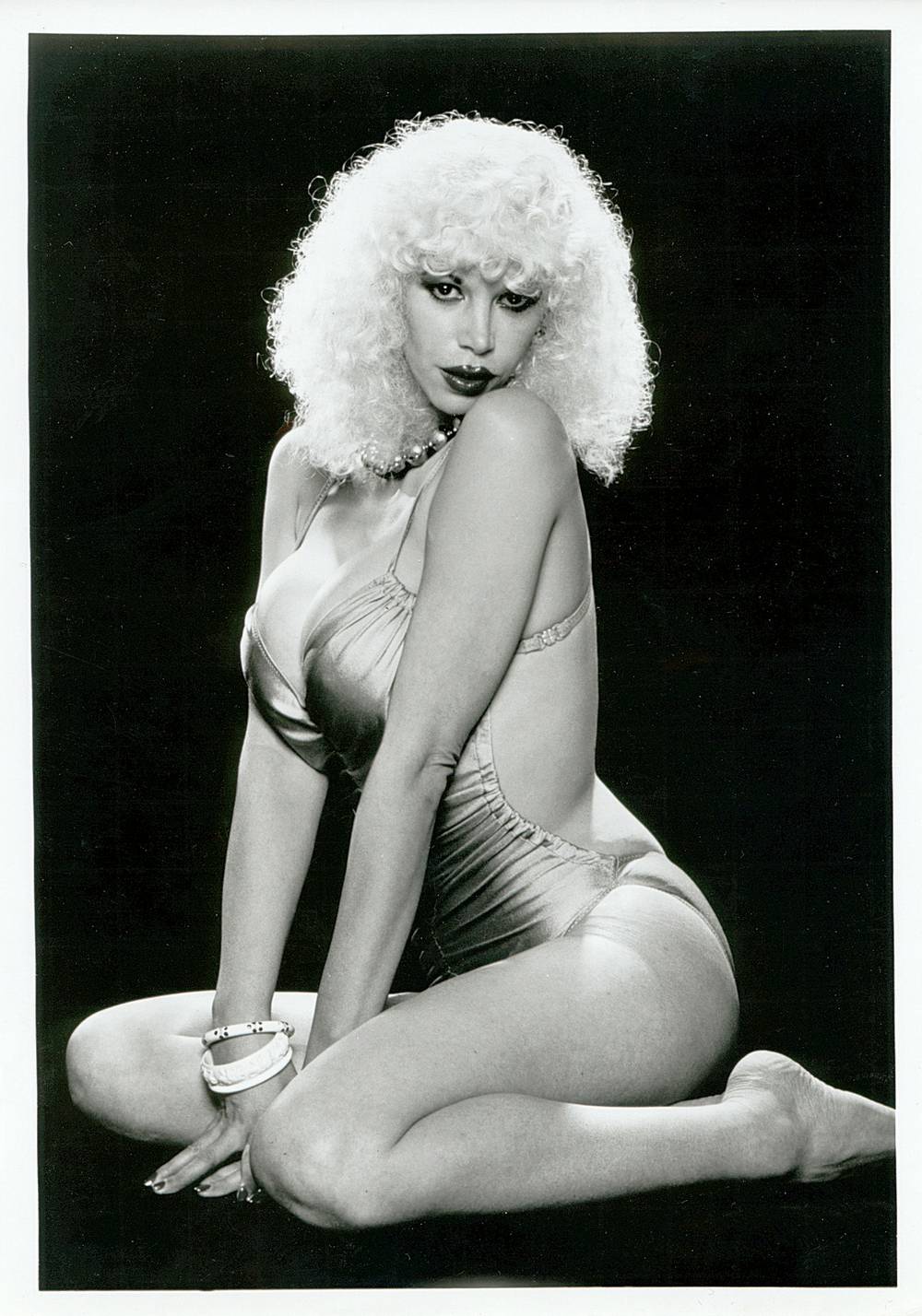



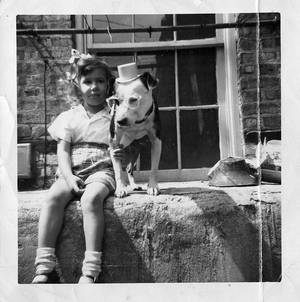
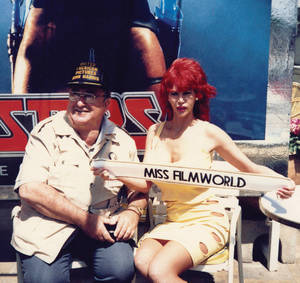

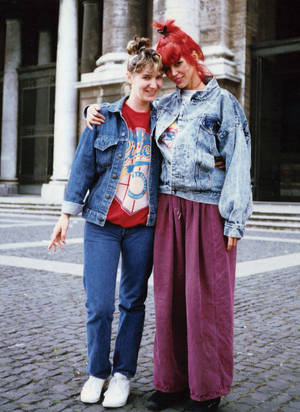
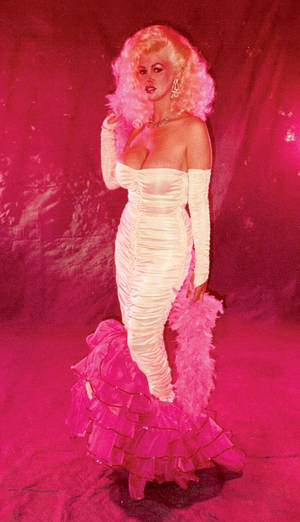


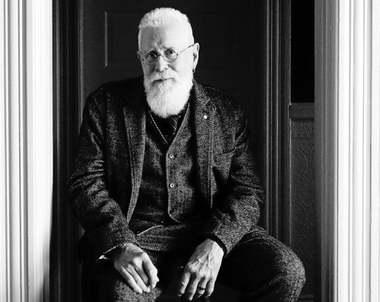
Previous Discussion: